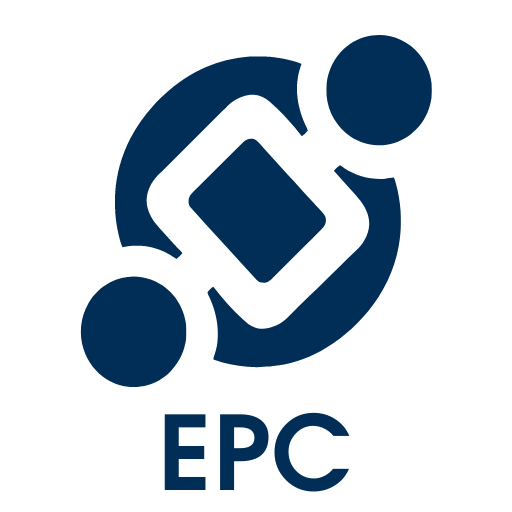The following major new features and capabilities have been introduced in the 12.1 release
Different Custom Home Tabs for Different Audiences | Administrators can now configure multiple custom default tabs for different user groups’ complex or simple needs (e.g. Quality analyst, vs. end user, vs. risk manager, vs. IT analyst, vs. country specific, etc.) Different default landing pages, widgets and # of tabs are all out-of-box options.
Mass Update | Users can now complete bulk update actions on MANY objects all at the same time with a single click. Mass update actions for Editors include the ability to Bulk Edit many RESPONSBILITIES at the same time within a single RASCI-MATRIX or mass publish content approved for roll-out. End Users can also mass-subscribe to many objects at once for all objects they want to be notified automatically based on discussions and changes. End users can also now raise one central change request (improvement request) that is tied with many objects at once. The overall change request will remain open until all sublevel object actions have been implemented and closed. This is the first version of mass update, many additional mass update functions are planned within the roadmap ahead.
Glossary | Standardize and manage all acronyms, terms and their related definitions centrally within the glossary module and then reuse the terms and acronyms directly within any rich text field on any object. Updates within the glossary can be easily propagated across the system to all text fields, reducing the effort to ensure consistency across your documentation. Moreover, users can hover over any term or acronym and the definition will automatically pop-up so users understand exactly what the term means without having to navigate away.
Digital Security Compliance | The 21 CFR Part 11 compliant digital signatures were extended to not only sign the data directly but also generate a pdf document injected with user’s signature and time/date and location of approval. The pdf documents are an easy to us method to prove content audit history and approval and are secured against any potential future tampering.
Copy Paste Across Maps | Copy/paste all or a subset of flow-objects (including their details and associations) from one map to another. EPC12 was limited to copy/paste flow-objects within a single map, or copy/paste the entire map.
Document Parser | Parse, convert and upload PDF/Word text-based documents directly into EPC content. Convert your current standard operating procedures, user manuals, training guides and work instructions into process maps including all related information as well (roles, systems, regulations, glossary terms, KPIs, risks or controls). Also useful for converting external law and regulatory documentation from PDF (e.g. FDA, FAA, SOX, NRC, ISO, etc) into EPC libraries as well.
Map Page-Break Canvas | Improve your map output quality using the map page break canvas. A page break canvas overlay is now available within the map edit screen so that users can optimize map layouts by condensing shapes to fit on the minimum number of pages possible and visualize where the process will be cut across pages. The page-break canvas size & orientation is configurable within the admin settings and standardized across the organization.
Quick Form Process Creation | Using quick form builder, users with no process mapping experience can easily document their step-by-step procedures in a simple one-page form and the EPC will automatically build the process map for them. Users can capture the step name(task), who’s responsible and write or copy/paste a detailed rich text procedure of each task.
Need more help with this?
Don’t hesitate to contact us here.


